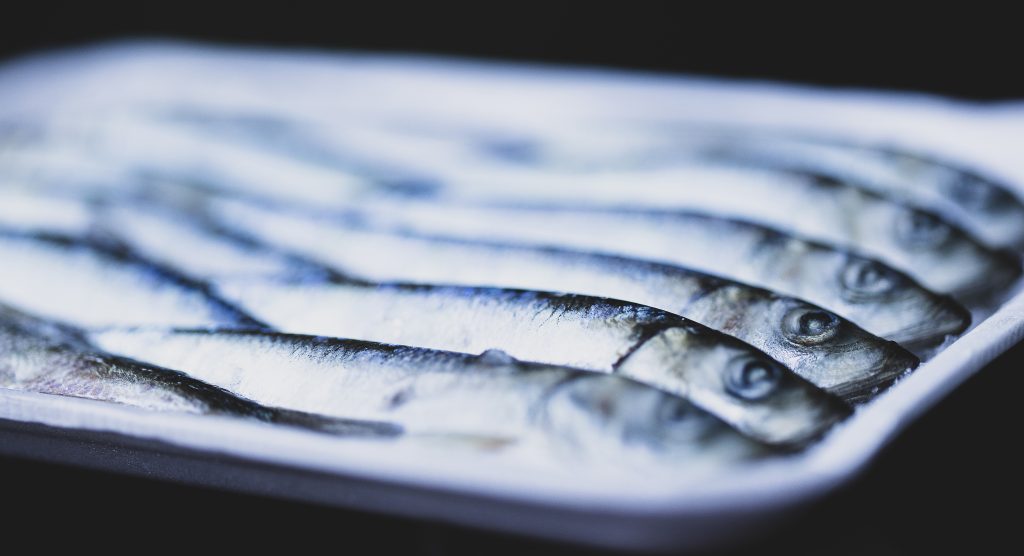There are many health benefits to eating fish. And to enjoy good fresh fish, it is important to store it in a way that preserves all its properties and gets rid of any parasites that can live in it, such as anisakis. Today, we are going to give you some tips on how to keep fish fresh in the fridge so that you can enjoy it without worrying.
For fresh fish to be kept in good conditions for 2 or 3 days, the temperature must be kept stable above 0 °C and below 4 °C. This is very important as it is vital that the cold chain, which consists of the continuous control of the temperature of the food at all stages of the supply chain, is not broken. From production to transport, storage and sale, the temperature must be kept within the acceptable range. And if it is already important to follow this at home, it is even more so in the catering industry.

Blast chillers to combat anisakis in fish
Anisakis is a much-feared parasite in the restaurant industry. This parasite, which lives in fresh fish, can damage any business, as it is estimated to be found in one in three fish caught. This is why the blast chiller is an increasingly important piece of equipment in a professional kitchen and has become essential because, as well as helping achieve food-safety standards, it speeds up and facilitates the work of chefs.
The WHO warns that fish, before being served, should be kept for at least 3 days at temperatures of -20 °C, especially when the fish will be served raw or undercooked. A blast chiller subjects the fish to a very strong stream of air at a very low temperature (-40 °C), which rapidly cools and freezes the fish. This process kills parasite larvae and ensures safe consumption by consumers, as the product reaches a uniform temperature of -20 °C and the freezing time is reduced to a minimum of 24 hours. In a domestic refrigerator, however, the process takes much longer: about 5 days at a freezing temperature that is not as powerful and significantly less than the -20 °C achieved by the blast chiller.

How to freeze fish
If, for any reason, the fresh fish is not going to be eaten within the appropriate period of time, there is always the alternative of freezing it to prevent it from spoiling. The best way to freeze fresh fish to get good frozen fish is to understand the characteristics of the freezer equipment you have and that all fish must reach a temperature of -20 °C to freeze correctly. Once this has been achieved, the fish must be carefully cleaned under the tap, dried and placed individually in freezer bags. In this process, it is important that no air is left inside the bag. This way it will be preserved better for longer. Finally, label the bag with the type of fish and the date it was frozen, so you know when it’s best to use it by.
And how long does frozen fish last? The estimate is between 3 and 6 months, but there are differences depending on the variety. There are two types of fish: thin fish and those with a higher fat content. Thinner fish, such as John Dory or sole, are usually kept for around 6 months. On the other hand, fish like salmon, hake or cod can be stored for up to 3 months after freezing.
How to defrost fish
Defrosting fish properly is the responsibility of professionals and consumers and directly impacts its quality and freshness. There are different ways of defrosting fish quickly, but we are going to discuss the two safest, most correct ways. One of the most common ways is in the refrigerator itself, leaving it in the lower part of the fridge for 24 hours. This is one of the healthiest ways, as the piece goes from a cold environment to a less cold one, without breaking the cold chain. Another way would be to soak the fish in the same bag in which it was frozen for at least one hour. Once thawed, the fish should not be kept in the refrigerator for more than 24 hours.


